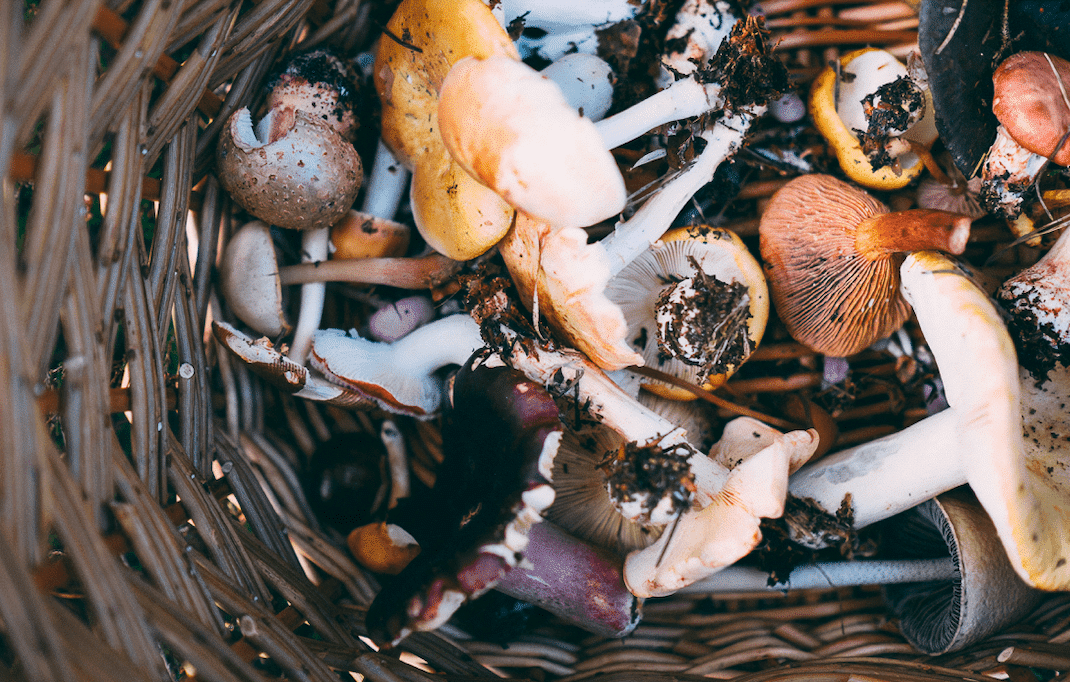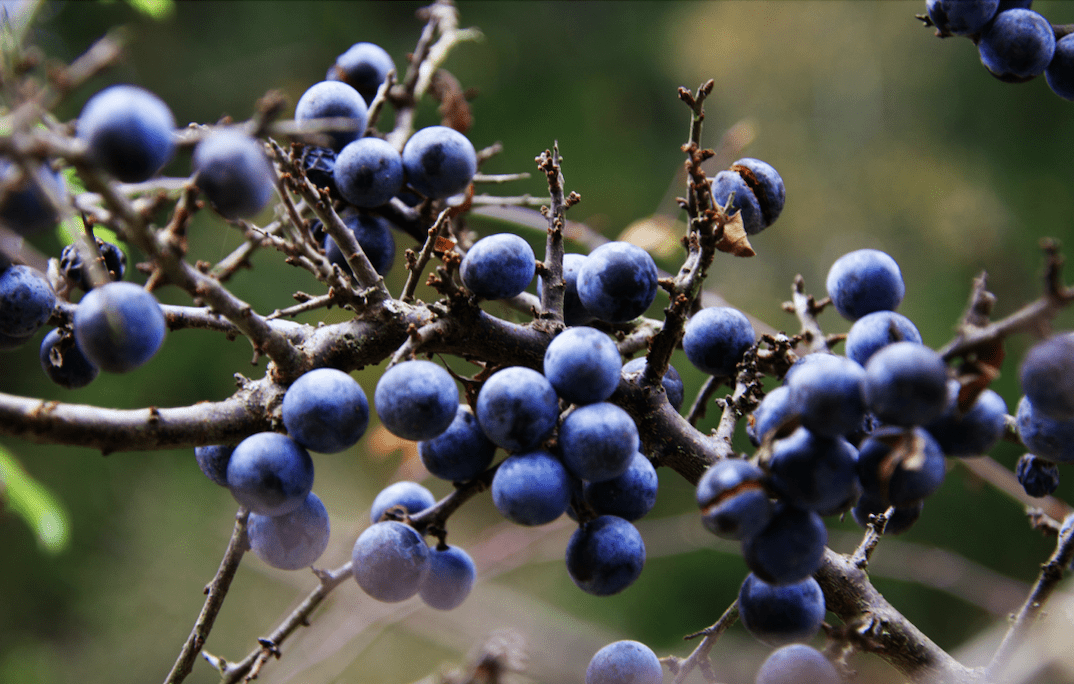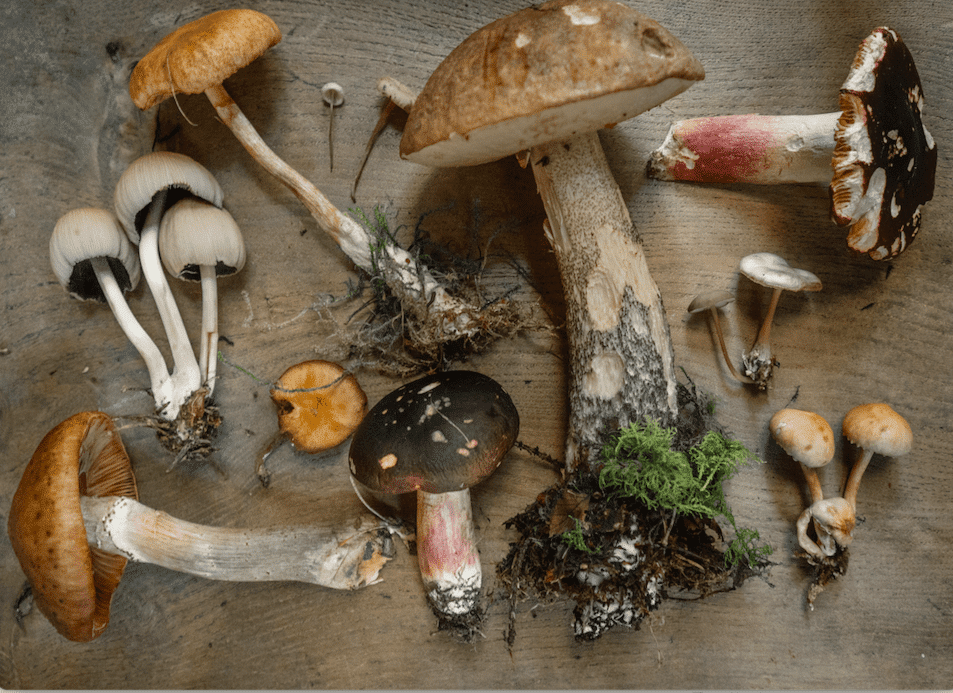Foraging, the process of going out and gathering food from the wild, is not a common practice, despite being a way of life for our distant ancestors. It is often surprising that there is a large variety of food for free just a walking distance away!
(Please be careful when foraging and always make sure you know exactly what it is before you eat it)
How can foraging help reduce food waste?
- Foraging can help you deepen your knowledge about local plants and animals, connect you with your natural environment and help you become a more conscious consumer.
- Growing and farming food uses copious amounts of energy, water and land. There are also lots of issues such as soil degradation, pollutants and genetic engineering related to farming that don’t apply to wild foods.
- The processing and transporting of foods also uses a huge amount of energy, especially if the food is not local and has a long supply chain.
- Packaging! Although not directly linked to food waste, we cannot deny the huge impact of all the packaging in our supermarkets.
- Storing food also uses a lot of energy especially when products need cold refrigerated environments. What a waste!
- If we don’t eat wild foods they often fall, rot and start again, while this is a natural cycle, it is still energy we can capture which means we don’t have to rely as heavily on energy consuming food production methods.
What to forage this October/ November?
October and November are great months to go foraging, partly because it’s the best time of the year to find mushrooms! There are also lots of nuts and berries ready to harvest in the wild. We have shared a few suggestions for a beginner, and tips for using them in the kitchen.
Sweet Chestnut
There is a fine timeline for collecting chestnuts, from mid to the end of october. Most of the cupules (the term used for the spiney casing) will split when they fall, so you can see the nut from within. Be careful to not confuse sweet chestnuts and horse chestnuts (conkers) which are inedible! The best way to tell the difference is their leaves, give them a google before you head out on a chestnut hunt. Chestnut trees are not hard to find, but not all trees produce sizable nuts. Once you have collected them they are best prepared a week or so after, often an arduous task to remove their casing. You need to cook them for a while to make the sweet and soft, or roast them in an open fire. They are versatile in their use, for instance, you can add them to stuffing, pasta sauces, soups or even make them into a puree to accompany another dish.
Sloes
Sloe berries, the look like large blueberries or small plums, are the fruits of blackthorn trees. The tree is distinctive with almost black branches that yield long, straight thorns. The berries are most famously picked for sloe gin, which makes a perfect christmas present, but you can also use them to make sloe jelly or in deserts (you might need a lot of sugar to balance their tart taste!)
Crab Apples
Crab apples are small, wild apples that grow on beautiful, big sweeping trees. While their common cousins have been bred to be larger and sweeter, these wild fruits are perfectly edible! They are typically yellow- greenish and are no larger than 5cm in diameter. You won’t want to eat them raw but they make a great jelly or syrup!
Mushrooms
October and November are the time for fungi! You wil have noticed them springing up even around urban environments. There are all sorts of delicious edible mushrooms, however, we have all heard horror stories of overly confident foragers. Mushrooms to look out for in October/ November time include Blewits, Waxcaps, Milkcaps and Cow Boletes. If you are hunting mushrooms get a good book to help you identify and only eat them if you are sure you know what they are. We have recommended our favourite fungi book below!
How to forage safely
- Learn how to identify your foraging goods properly and never eat something that you aren’t 100% sure what it is. Get a good book, watch videos or even consider going on a course.
- Learn a few dangerous species in your area so you feel more comfortable when you come across them, it will also help you identify what is edible!
- Use all you sense, not just your sight. Textures and smells are great ways to identify different species but never use taste unless your are confident it is edible.
- Don’t over harvest and avoid rare or endangered plants! Never uproot a sapling and it’s always a good idea to shed some seeds or spores as you go.
- Be careful where you forage, ask permission on private property and avoid foraging near roads or unknown water sources.
Add these foragers to your feed…
Megan’s page is full of great videos telling you what’s in season, where to find it and how to use it. We love her creative uses for her foraged plants!
Lukasz, a Professor of Ethnobotany from Poland, has a plethora of knowledge and is always posting about weird and wonderful plants. He also has a website, books, a youtube channel and runs workshops!
This foraging insta is run by Totally Wild UK that runs foraging courses across the UK. They share loads of information and identification techniques on their page that will inspire you to discover the amazing flavours to be found in the wild.
While Alexis Nicole is based in the US, her videos are inspiring and she is always having a laugh. Her page is also full of great, vegan recipes and ideas on how to use your foraged finds.
Books for budding foragers!
The Forager’s Calendar: A seasonal Guide to Nature’s Wild Harvests by James Wright
We love Jame’s forager calender, it’s a definite must-have for any forager. He goes over each month telling you what’s in season, where to find it and a often an interesting personal anecdote.
The Urban Forager: How to Find and Cook Wild Food in the City by Wross Lawerence
This book is perfect for a city dweller who still wants to try foraging. This modern field guide shares tips and tricks on where to find food for free in the city and also has a range of creative recipes to help you know what to do with them.
Edible Mushrooms: A Forager’s Guide to the Wild Fungi of Britain and Europe by Geogg Dann
This comprehensive guide to foraging for wild mushrooms is a great reference for any fungi-lover. With a special pictorial index, it describes the best tasting fungi, where to find them and when they are at their best. Most importantly it tells you how to distinguish between the edible species and the poisonous lookalikes!



